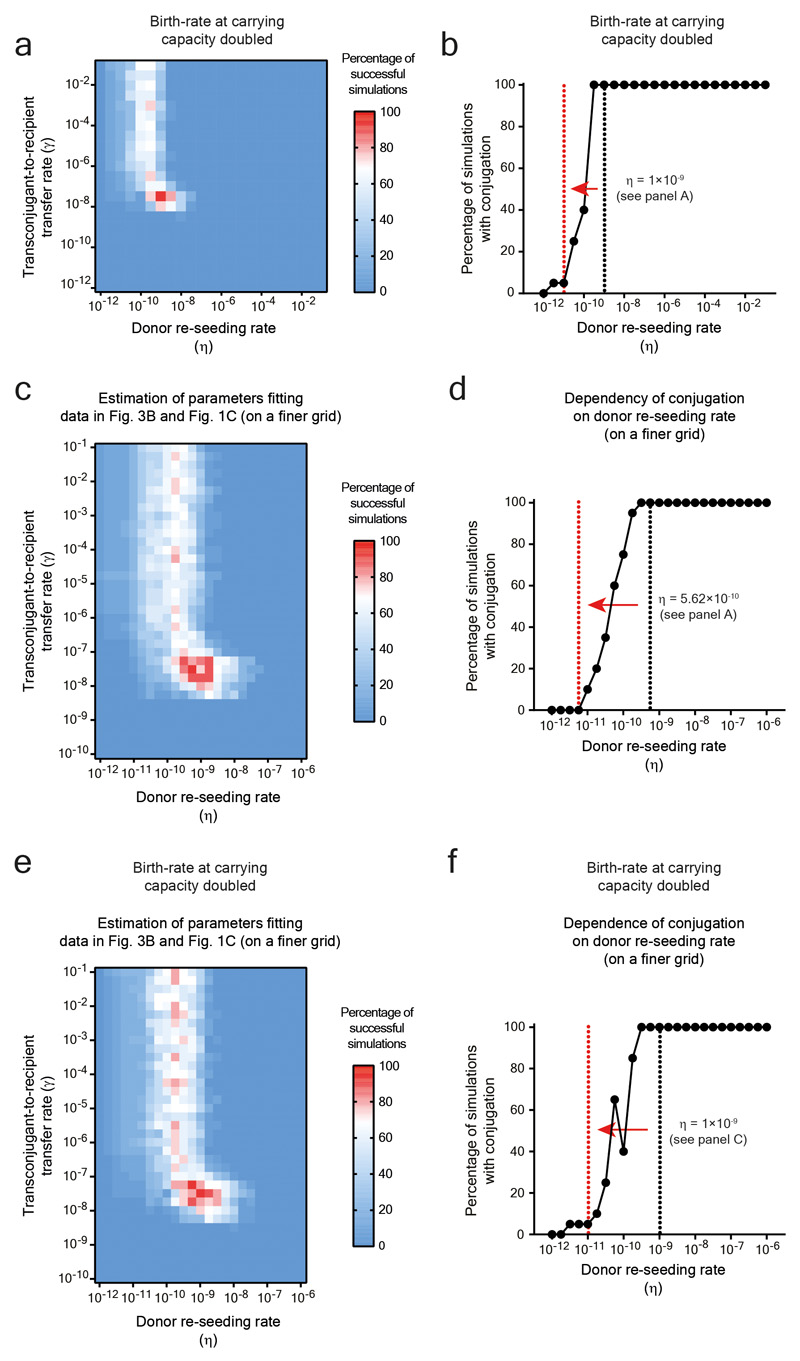Extended data Fig. 10. Increasing growth rate at carrying capacity to model inflammation or running simulations on a finer parameter grid does not affect overall simulation trends.
a-b) Simulations were run with identical parameters to Figure 3c-d, but an increased birth and death rate at carrying capacity to simulate cases in which inflammation is present (see supplementary material). The trends of the simulations remain the same as in Figure 3c-d. a) Likelihood of the model as a function of the donor re-seeding (including donor-to-recipient conjugation) rate (η), and the rate of transconjugant-to-recipient plasmid transfer (γ). All other parameter values are given in the supplementary materials. The most likely parameter set is shown in red (η = 1×10-9 per day; γ = 3.16×10-8 per CFU/g feces per day). b) The fraction of simulations with plasmid re-seeding, defined as a final transconjugant population size above 5×108 CFU/g feces, as a function of η. Here γ is fixed at its most likely value γ = 3.16×10-8 per CFU/g feces per day. The black vertical dotted line at η = 1×10-9 per day indicates the estimated most likely value (from panel a). The red vertical dotted line at η = 1×10-11 per day indicates a hypothetical 100-fold decrease of η (shown by a red arrow; e.g. by vaccination). c-f) Running simulations on a finer parameter grid does not affect overall simulation trends. See Supplementary table 4 for details on differences between specific simulation results. c-d) Simulations were run on a grid of [η = 10-12-10-6, γ = 10-10-10-1] with 0.25 log increments (rather than the [η = 10-12-10-1, γ = 10-12-10-1] with 0.5 log increments used in Figure 3c-d). e-f) Simulations were run with parameters identical to panel a-b, but on a grid of [η = 10-12-10-6, γ = 10-10-10-1] with 0.25 log increments (rather than the [η = 10-12-10-1, γ = 10-12-10-1] with 0.5 log increments). c, e) Likelihood of the model as a function of the donor re-seeding (including donor-to-recipient conjugation) rate (η), and the rate of transconjugant-to-recipient plasmid transfer (γ). All other parameter values are given in the supplementary materials. The most likely parameter set is shown in red. d, f) The fraction of simulations with plasmid re-seeding, defined as a final transconjugant population size above 5×108 CFU/g feces, as a function of η. Here γ is fixed at its most likely value. The black vertical dotted line indicates the estimated most likely value (from panel c or e). The red vertical dotted line indicates a hypothetical 100-fold decrease of η (shown by a red arrow; e.g. by vaccination).

